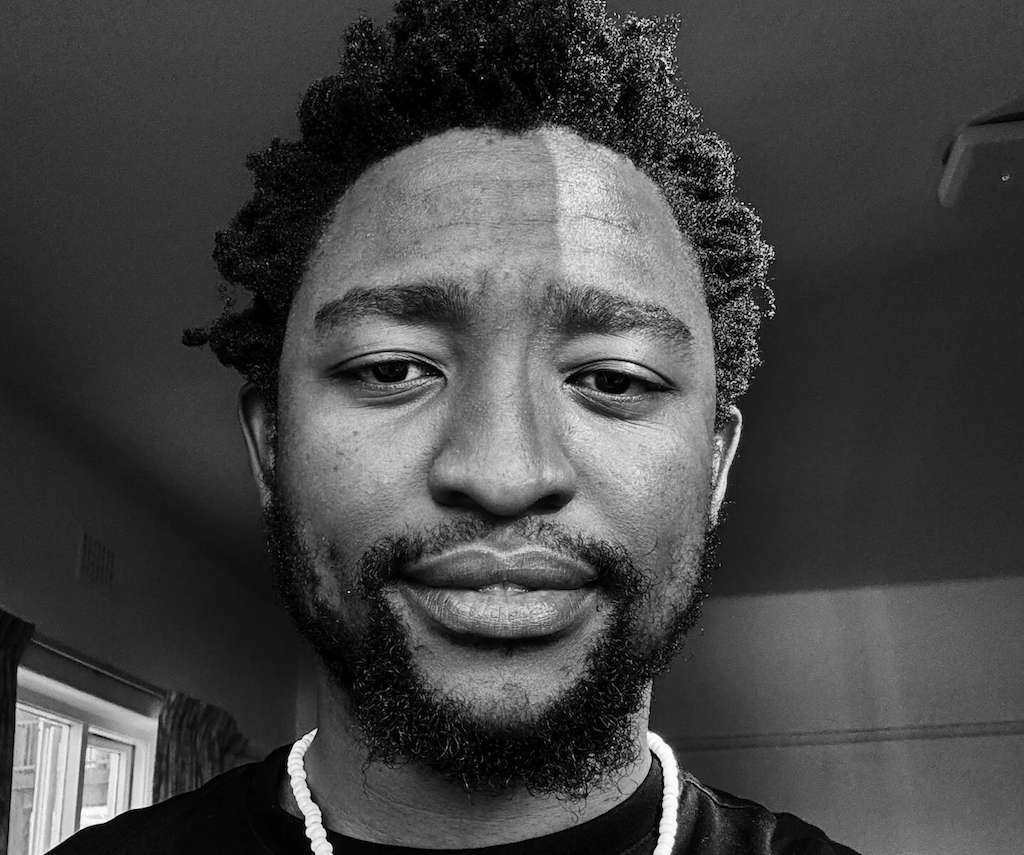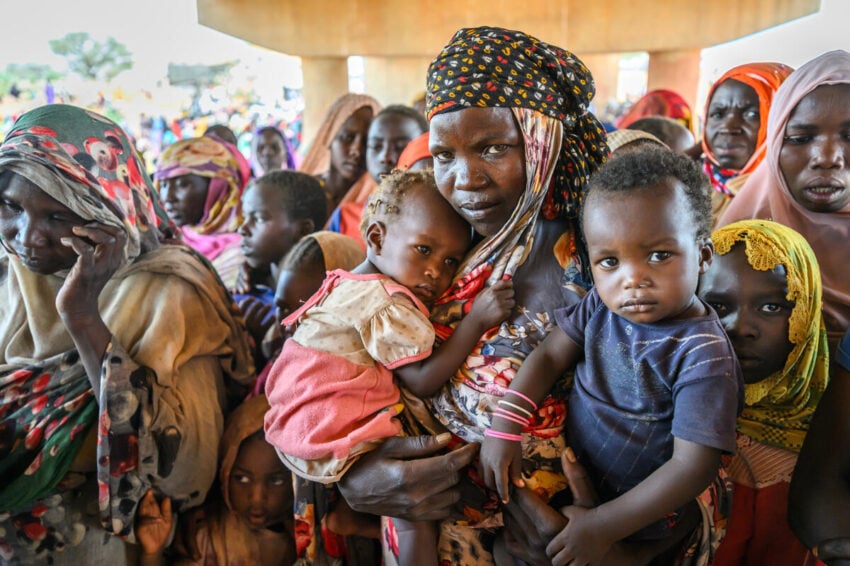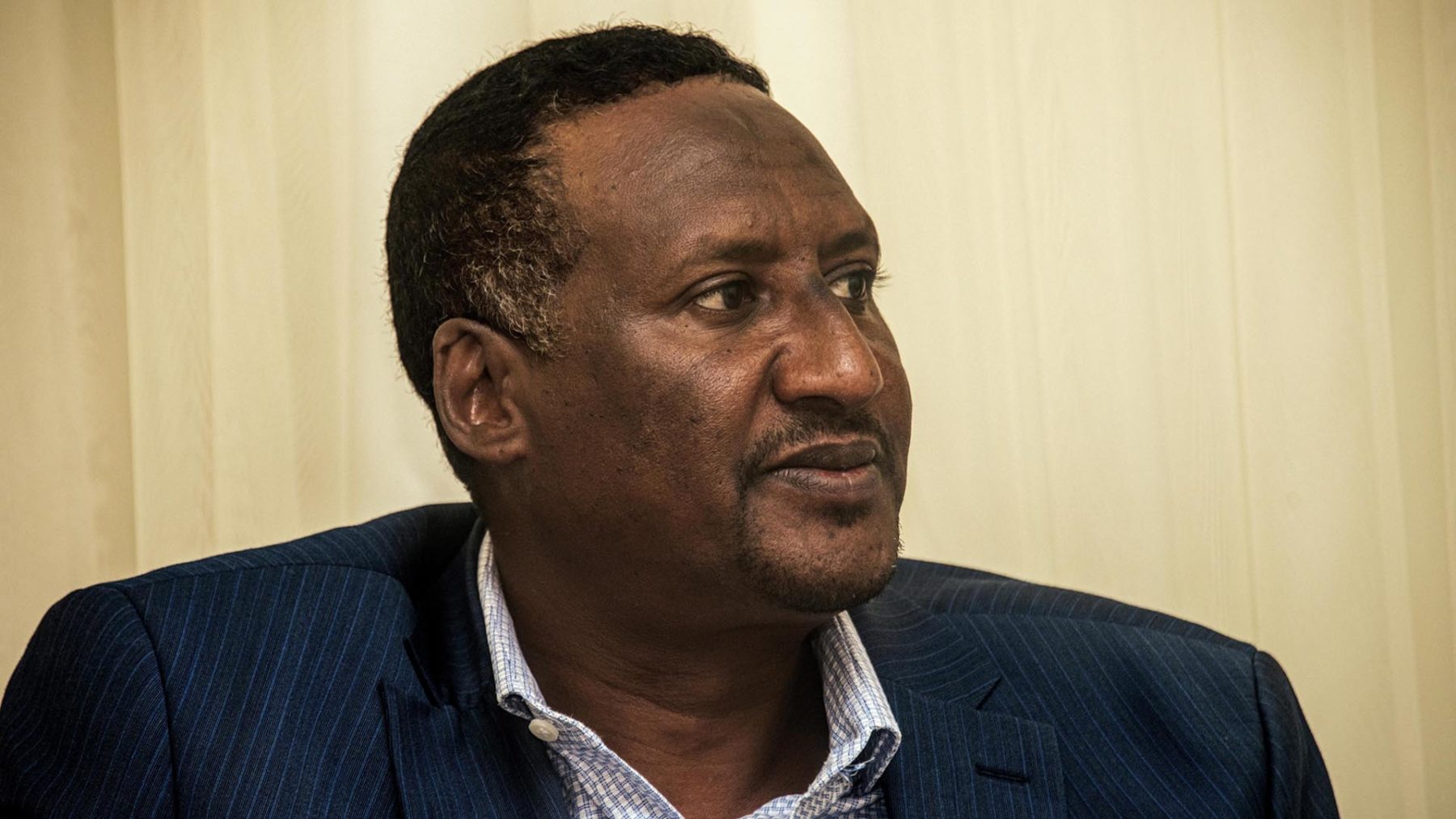Nkosana Sithole kaMiya: Social media shrouds Congo and Sudan from sight

In a world increasingly shaped by the flickering images of social media, the pain of others has become a form of digital currency, traded, scrolled past, commented on, and algorithmically ranked. Yet not all suffering is equal in this economy of attention. Humanitarian catastrophes in African countries such as Sudan and the Democratic Republic of Congo (DRC), marked by mass displacement, state collapse, ethnic cleansing, and rape as a weapon of war, remain largely invisible on platforms like TikTok, Instagram, and X (formerly Twitter). Their absence is not an unfortunate oversight. It is systemic. It is ideological. The invisibility of African suffering in the digital space reveals not just a technological flaw, but a deeply entrenched structure of perception, power, and political economy. Slavoj Žižek reminds us that ideology functions not simply by hiding reality, but by organizing our symbolic universe, telling us not only what to look at, but how to feel about it. In this sense, the algorithm is not neutral; it is ideological machinery that enacts Žižek’s logic of disavowal: “I know very well there is a genocide in Sudan, but I continue scrolling.”
Michel Foucault’s theory of power and knowledge reveals another dimension: the way platforms discipline both what is visible and how it is legible. Social media functions as a digital panopticon, not merely watching us, but shaping us, curating what is allowed to circulate and what must be quarantined. Content moderation policies, keyword suppression, and algorithmic filtering operate as contemporary forms of epistemic governance. When Sudanese or Congolese users post about massacres, their images are often flagged or removed, ostensibly to “protect community guidelines,” but effectively to maintain a sanitized, consumer-friendly feed for predominantly Western audiences. This is not safety. It is suppression.
What emerges, then, is a digital world governed by a selective gaze, shaped by history and lubricated by capital. In this world, some tragedies are afforded the dignity of outrage, while others are condemned to the margins of apathy. This article interrogates the architecture of this gaze. It asks: how do social media platforms become the contemporary theatres of selective suffering? Why is African pain consistently marginalized, filtered out, or rendered invisible? And what does this tell us about the enduring logics of techno-colonialism?
The Spectacle of Suffering: Žižek’s Critique of Ideological Consumption
Slavoj Žižek, in his critique of late capitalism, argues that we no longer perceive ideology as external to us, it is embedded in our very enjoyment. Ideology today does not merely tell us what to think; it tells us how to feel while thinking it. In the realm of digital media, this takes the form of a spectacle economy where suffering is packaged not to provoke radical action, but to reinforce a performative compassion that ultimately preserves the status quo.
On platforms like TikTok and Instagram, suffering becomes aesthetic. Images of war, starvation, and displacement are not engaged with as brutal realities demanding structural transformation, but as content that either conforms to viral visual templates or disappears into the algorithmic abyss. The humanitarian crises in Sudan and the Democratic Republic of Congo (DRC), for instance, do not easily lend themselves to the curated, emotionally palatable format of “relatable” or “trending” content. There are no clear heroes, no digestible solutions, and often no Western protagonists, thus, they defy the narrative structures that social media algorithms reward.

Žižek’s concern is that ideology today thrives not by hiding contradictions but by disavowing them, “I know very well that this is a crisis, but I still scroll past it.” This digital disavowal is not apathy in the classical sense; it is ideological detachment. The viewer is invited to witness trauma without implication. As such, the image of the crying Palestinian child may go viral, but the silent Congolese mother buried under rubble remains unseen, not because her suffering is less severe, but because it lacks a meme-ready format or a viral trajectory. This dynamic mirrors Guy Debord’s earlier concept of “the society of the spectacle,” in which real social relations are replaced by representations. But in Žižek’s formulation, we consume these spectacles not to be radicalized, but to be reassured, “Look at how much I care.” The humanitarian crisis becomes an emotive token, reduced to the algorithmically brief span of attention permitted by social media platforms.
In this way, African suffering becomes the absent center of the digital spectacle. Its invisibility is not accidental but structural: it reveals what the spectacle must exclude in order to function. The Congolese war, with its complex roots in imperial plunder and multinational corporate exploitation (especially over resources like cobalt and coltan), is far too entangled with global capital to be narratively simplified. And so, the algorithm quietly omits it, maintaining a hierarchy of global pain where visibility is reserved for suffering that flatters Western subjectivities.
The Digital Panopticon: Surveillance and Control in the Age of Social Media
Michel Foucault’s panopticon, Jeremy Bentham’s architectural invention turned metaphor for disciplinary society, offers a powerful framework to understand the digital ecosystem of surveillance capitalism. In the original panopticon, the prisoner internalizes the gaze of the invisible watchman, disciplining himself in anticipation of being seen. Today, social media users perform under the imagined gaze of the algorithm. We self-censor, stylize, and format our speech, appearance, and even outrage to fit the aesthetic norms and engagement metrics enforced by invisible systems of control.
Platforms like TikTok and Instagram do not only reward user conformity; they enforce it. Visibility becomes the currency of digital existence, but this visibility is contingent upon the user’s compliance with norms that favour emotional resonance without ideological complexity, virality without political dissonance. The suffering of African populations often fails this test, not due to a lack of urgency or tragedy, but because their experiences resist simplification and challenge the geopolitical comfort zones of the Global North.
The moderation of content related to African humanitarian crises often invokes “community standards” or “graphic content policies,” but these standards disproportionately suppress material that disrupts the visual serenity of the digital marketplace. Graphic images of starvation in Darfur or sexual violence in North Kivu are removed, not necessarily out of ethical concern, but because they threaten the consumer-friendly ambiance social media platforms are designed to cultivate. This selective surveillance mirrors colonial logics. Just as colonial archives documented only that which served imperial interests, digital platforms today curate reality to maintain the symbolic and economic dominance of the Global North. When South Sudanese users attempt to share footage of racial violence or state neglect, they are not only silenced by their governments, as in the June 2025 social media shutdowns, but by the platforms themselves, whose algorithms devalue content that does not stimulate predictable engagement.
Furthermore, the algorithmic suppression of African suffering operates in tandem with the datafication of African life. African users are valuable as sources of data, as labourers in the digital marketplace, but their narratives are not afforded equal dignity. They are watched, not seen. Foucault warned of a power that is “exercised rather than possessed,” a capillary power that circulates through institutions, bodies, and technologies. Today, that power is coded into the very structure of our digital interfaces. What emerges is a duality: Africa as a hyper-surveilled yet underrepresented entity. The continent is mined for data, resources, and bio-capital, yet its cries for visibility and justice are algorithmically subdued. This is not simply neglect; it is what Foucault might call productive invisibility, a form of governance through omission, where being unseen is as political as being watched.
In sum, the digital panopticon functions not just to surveil but to sort, who is visible, who is heard, who counts. African pain is not just unseen; it is actively de-ranked, moderated, algorithmically deprioritized, and thus systemically forgotten.
Sudan: The World’s Largest Displacement Crisis You’ve Probably Never Seen
Since April 2023, Sudan has been gripped by a brutal civil war between the Sudanese Armed Forces (SAF) and the paramilitary Rapid Support Forces (RSF). This conflict has triggered the largest displacement crisis in the world today. As of June 2025, over 11.6 million people have been internally displaced, and more than 4 million have fled across borders, mostly to Chad, which now hosts over 800,000 refugees. The UN has repeatedly warned of an impending famine, with over 18 million people facing acute food insecurity.
“Foucault warned of a power that is “exercised rather than possessed,” a capillary power that circulates through institutions, bodies, and technologies. Today, that power is coded into the very structure of our digital interfaces.”
And yet, this catastrophic humanitarian collapse has barely registered in the digital imagination. Videos of bombings in El Fasher or hunger in Darfur rarely go viral. TikTok is far more likely to serve users influencer rants or celebrity gossip than it is to expose them to images of children dying from preventable starvation in Khartoum. The suffering in Sudan does not conform to algorithmic logic, it lacks the clickbait tragedy of a sudden earthquake or the virality of Ukraine’s blue-and-yellow flag campaign. Meanwhile, aid convoys are attacked with impunity. In May 2025, a UN convoy delivering food to besieged civilians in North Darfur was ambushed near Al Koma, killing five aid workers and injuring dozens. These events, while catastrophic, garnered more attention in humanitarian press circles than on platforms like Instagram or X (formerly Twitter), where the Sudanese war has failed to gain narrative traction.
Žižek’s notion of the “fetishistic disavowal” is illuminating here: we know Sudan is suffering, but we choose not to fully engage. It is easier to scroll past the unfamiliar, especially when suffering is decontextualized, stripped of narrative clarity, and presented without emotional proximity. Africa’s tragedy, in the global digital order, is too “complicated” to be commodified.
DRC: Endless War in an Algorithmically Silent Zone
The Democratic Republic of Congo presents another long-burning emergency, often referred to as the “deadliest conflict since World War II.” Yet the DRC, like Sudan, suffers from a deep representational crisis. The most recent flare-up, triggered by renewed violence from the M23 rebel group, has plunged the eastern region into chaos once more. In early 2025, M23 rebels advanced on Goma, the capital of North Kivu province, forcing over 1 million people to flee. Camps on the outskirts of the city, which already hosted over 700,000 internally displaced persons (IDPs), have now grown dangerously overcrowded. Women and children are exposed daily to disease, hunger, and sexual violence. As UNICEF warned, many camps lack basic water and sanitation, with residents, especially girls, vulnerable to abuse when collecting essentials like water or firewood.
Despite the scale of human suffering, Goma’s crisis has failed to break through the digital noise. On Instagram, #Congo is more likely to yield Congolese dance trends or music clips than humanitarian appeals. There are no coordinated emoji campaigns, no national flags in bios, and few global celebrities calling for intervention. The DRC’s suffering has become, in Foucault’s terms, “disciplined,” managed through invisibility, rendered unfit for mainstream consumption. Social media algorithms play a key role in this erasure. Designed to maximize engagement and avoid controversial or disturbing content, platforms often de-rank or suppress images of Black bodies in pain. Facebook’s moderation policies, for example, automatically flag graphic imagery, even when posted by verified NGOs. TikTok’s content moderation has also been criticized for disproportionately removing videos from Global South creators under the guise of “community safety.” This algorithmic policing is reminiscent of Foucault’s “panopticon”: a system where visibility becomes a form of control. But here, it is not the hyper-visible who are punished, it is the invisible who suffer without witness.
READ: African former presidents on trial – good or bad governance?
Conclusion:
What unites the crises in Sudan and the DRC is not only their geographical proximity or post-colonial legacies, but their shared absence from the global digital stage. These are not forgotten crises, they are actively ignored, marginalized by platforms that privilege sensationalism, narrative simplicity, and proximity to Western interests. This selective amplification is not new. As Frantz Fanon warned, the colonial world is “a world divided into compartments.” The same logic persists online: Western suffering is amplified, African suffering is compartmentalized. To resist this, a new digital ethics is required, one that does not simply rely on virality but reorients visibility toward justice. We must demand more from platforms, from journalists, from users. The first step is simple: we must be willing to look, even when the suffering is difficult to commodify, even when the victims do not look like us, even when there is no campaign attached to the pain.
Until then, Sudan and the DRC will remain trapped in what Fanon called “the zone of non-being” where humanity is denied, and silence reigns.
The views expressed in this article belong to the author and do not necessarily reflect the editorial policy of Maghrebi.org. Nkosana Sithole kaMiya is a WITS Society, Work, and Politics Institute (SWOP) Research Fellow. He is also a Mellon Pipeline Development Program Research Fellow (MPDP) and a GLUS Sue Ledwith awardee Mellon Mays Undergraduate Fellow (MMUF).
If you wish to pitch an opinion piece please send your article to alisa.butterwick@maghrebi.org.
Want to chase the pulse of North Africa?
Subscribe to receive our FREE weekly PDF magazine













